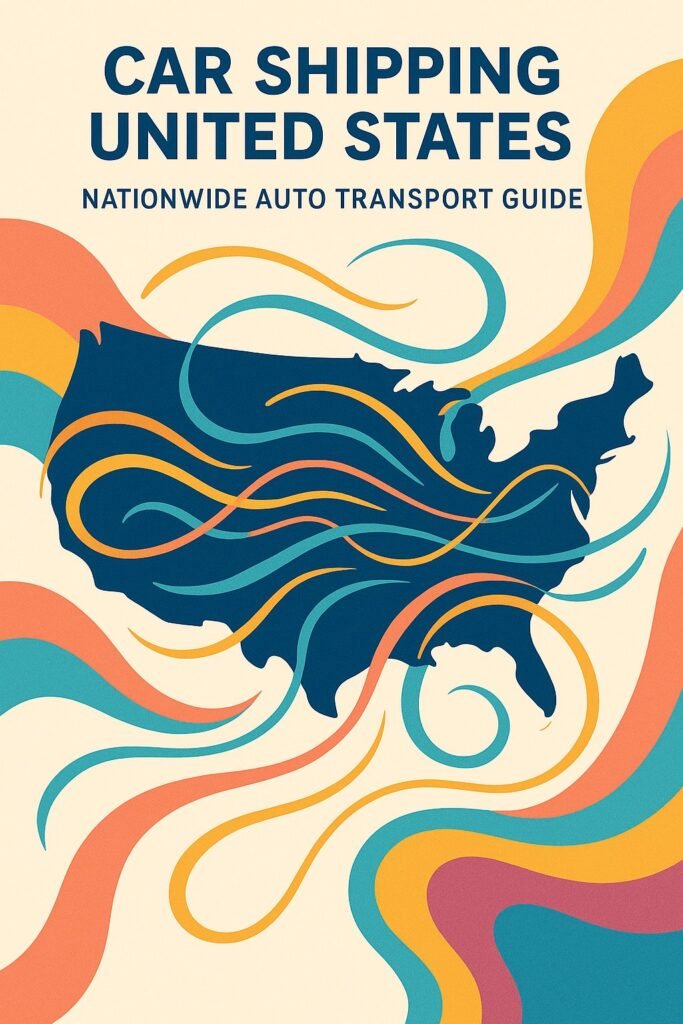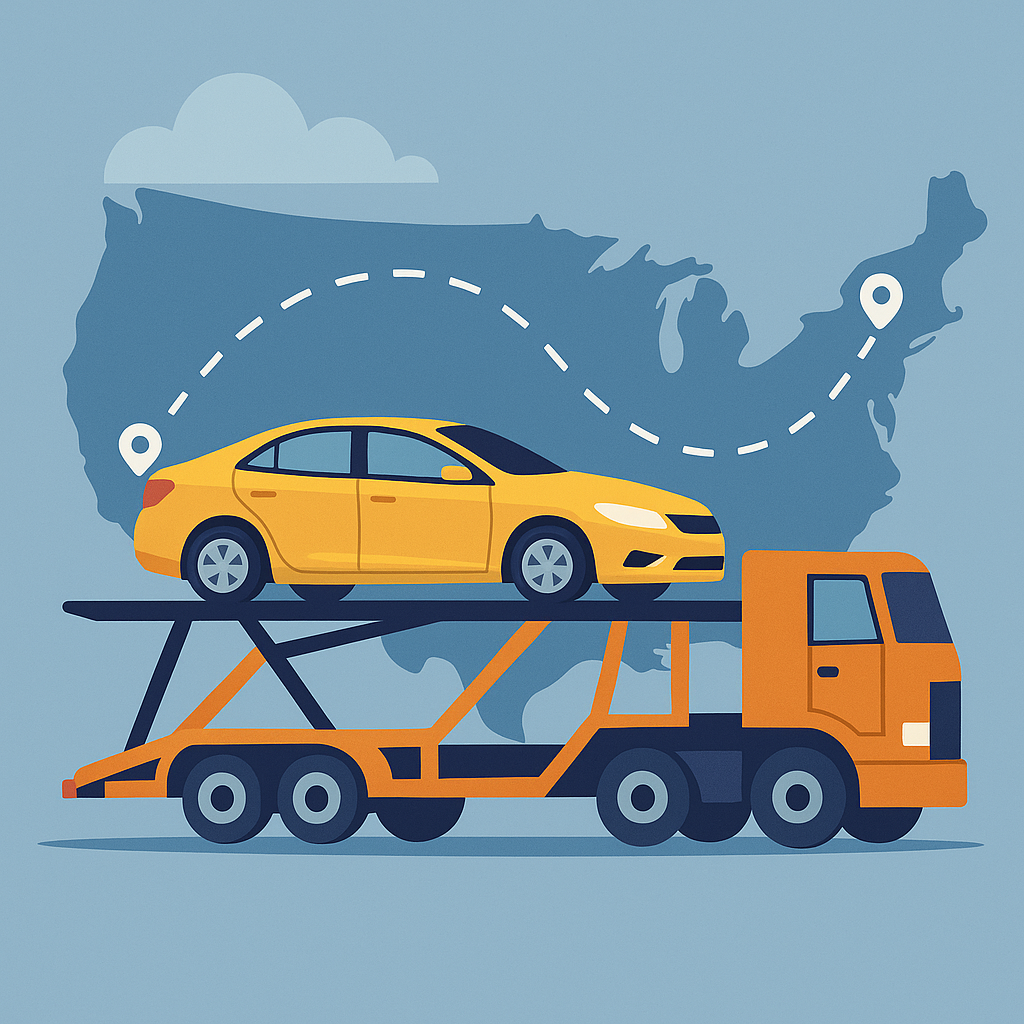Relocating from one coast to another is no small task, and figuring out shipping a car across the country often becomes one of the most important details. For many families, students, and professionals, hiring a professional carrier makes more sense than driving thousands of miles. It saves wear, protects the car, and reduces the stress of long-distance travel. While the idea of moving a vehicle that far can sound overwhelming, the process is more straightforward than it seems once you understand the steps and the options available.
Carriers handle cross-country moves daily. Whether you’re moving for a job, sending a car to a student, or relocating with your household, the approach is much the same. You book a carrier, prepare the vehicle, and allow the hauler to manage the long miles in between. The key is choosing the right service type, budgeting properly, and building realistic expectations around timing. For a breakdown of how pricing works, you can check this page: car shipping costs.
Long-distance car shipping overview
Cross-country auto transport usually involves either open or enclosed trailers. Open carriers are the most common choice, with vehicles loaded in two levels and exposed to the weather. Enclosed carriers protect cars inside a covered trailer and often include soft straps, climate control, or lift gates for added safety. Open trailers cost less and have more frequent routes, while enclosed service adds 30–60 percent to the bill but offers stronger protection.
Most long-distance trips take one to two weeks, depending on the route, weather, and how many stops a carrier makes along the way. A hauler may combine cars from multiple customers, so the timing can vary. For a closer look at how schedules are set, review this guide: delivery timelines. Understanding how routes and stops affect timing helps you plan around the car’s arrival.
Part of cross-country vehicle transport is the pickup process. The driver arrives within a scheduled window, inspects the car with you, and notes its condition on the Bill of Lading. The car is then loaded, secured with wheel straps or chains, and balanced on the trailer with other vehicles. Once secured, the car stays parked for the entire journey. Drivers stop periodically to check straps and make sure everything remains stable.
The delivery is the other half of cross-country vehicle transport. Large rigs may not reach every driveway, so drivers often arrange wide lots or nearby streets for unloading. On arrival, you meet the driver, inspect the car again, and compare it with the original paperwork. This step closes the shipment and ensures both sides agree on the condition before signing off. The process is predictable, but it works best when both the customer and the driver communicate clearly.
When people think of coast-to-coast car shipping, they picture an expensive, drawn-out ordeal. In reality, costs are reasonable compared to driving yourself across thousands of miles. Fuel, hotels, food, and lost time add up quickly when driving. A carrier spreads costs across multiple cars, which often makes shipping the smarter financial choice. The price varies depending on the size of the car, trailer type, and time of year, but it usually balances against the hidden costs of a road trip.
The other side of coast-to-coast car shipping is preparation. Leaving only a quarter tank of gas, folding mirrors, removing racks or antennas, and disabling alarms all make loading faster and safer. Photos taken before pickup help protect against disputes later. A little preparation makes the difference between a smooth delivery and an avoidable delay. Customers who prepare well usually find the process easy and uneventful.
FAQ: Planning a cross-country car shipment
How long does it take to ship a car across the country?
Most coast-to-coast trips take 7 to 14 days. Weather, route, and number of stops can shift the timeline slightly.
Is open transport safe for long-distance moves?
Yes. Open trailers carry most cars nationwide. They expose vehicles to weather, but damage is rare. For extra protection, enclosed trailers are available at higher cost.
How much does coast-to-coast shipping usually cost?
It can range from $1,000 to $1,800 depending on distance, trailer type, and vehicle size. More details are here: car shipping costs.
Do I need to be there at pickup and delivery?
Yes, or you can assign someone you trust. Inspections require a signature at both ends.
What should I do before handing the car to the driver?
Remove personal items, check the battery and tires, fold mirrors, and disable alarms. Take photos of all sides for your records.
Is driving cheaper than shipping?
Not usually. Once you count fuel, food, hotels, and time lost, shipping is often the better deal for long trips.
What’s the most common mistake?
Booking last minute. Early scheduling gives you more carriers to choose from and usually a lower rate.
Shipping a car across the country is less complicated than it sounds. With the right carrier, some preparation, and realistic expectations, you can move a vehicle thousands of miles safely. Planning early, knowing the service types, and choosing the right timing makes the difference between a stressful relocation and one that runs smoothly from pickup to delivery.


